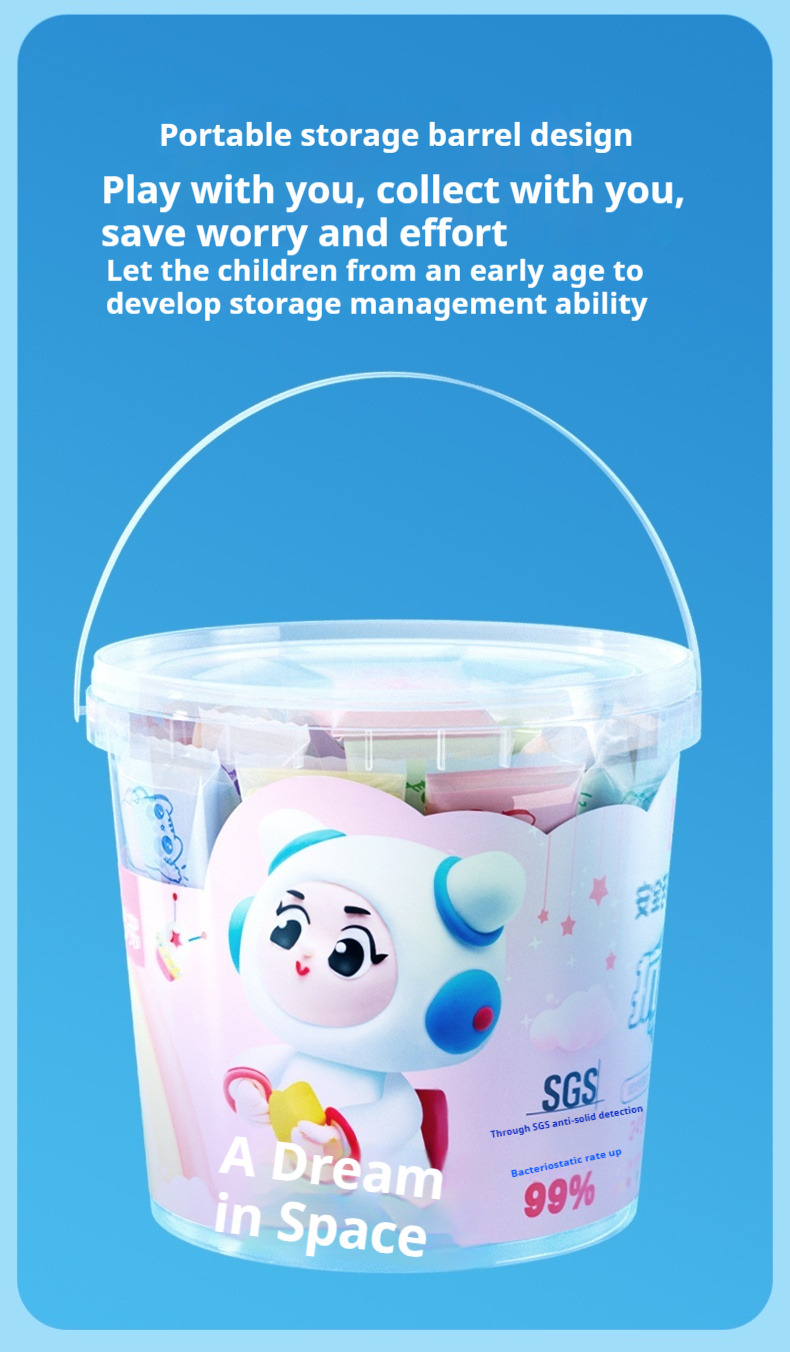The Benefits of Eco-friendly Play Dough
p Eco-friendly play dough is not just a fun and creative tool for children; it also offers numerous benefits for the environment. Traditional play dough often contains synthetic ingredients and preservatives that can be harmful if ingested or improperly disposed of. In contrast, eco-friendly alternatives are made from natural, non-toxic materials, ensuring that children can play safely without exposure to harmful chemicals.
p Additionally, eco-friendly play dough is biodegradable, meaning it breaks down naturally over time without contributing to landfill waste. This characteristic is essential in promoting sustainability and reducing the environmental footprint of children’s toys. By choosing eco-friendly options, parents can instill eco-conscious values in their children from a young age.

Ingredients and Production Process
| Serial Number | Products |
| 1 | OEM ultra light clay with UKCA certification Best Chinese Exporter |
| 2 | 50 colors light weight clay Manufacturer |
| 3 | kids air dry clay Best China Supplier |
| 4 | non-toxic air hardening modelling clay China Best Makers |
p The production of eco-friendly play dough typically involves simple, natural ingredients such as flour, water, salt, and food coloring derived from plant sources. These ingredients not only make the dough safe for children but also ensure that it is easy to clean up and does not leave any toxic residues behind. Many brands also incorporate essential oils or natural fragrances, enhancing the sensory experience for young users.
p In terms of manufacturing, many eco-friendly play dough factories prioritize sustainable practices. This includes sourcing local ingredients to reduce carbon footprints and using renewable energy sources during production. By focusing on sustainability at every stage of the process, these factories contribute positively to both the economy and the environment.
Creative Uses in Learning and Development
p Eco-friendly play dough serves as a versatile educational tool that encourages creativity and learning through play. Children can engage in open-ended activities that enhance fine motor skills, spatial awareness, and hand-eye coordination. By molding and shaping the dough, kids develop their dexterity and strengthen their fingers, which is important for their overall development.
p Moreover, play dough can also be integrated into various learning activities. Educators and parents can use it to teach concepts such as colors, shapes, and numbers, making it an effective medium for early childhood education. The tactile nature of play dough allows children to explore their creativity while also reinforcing cognitive skills in a fun and engaging manner.
